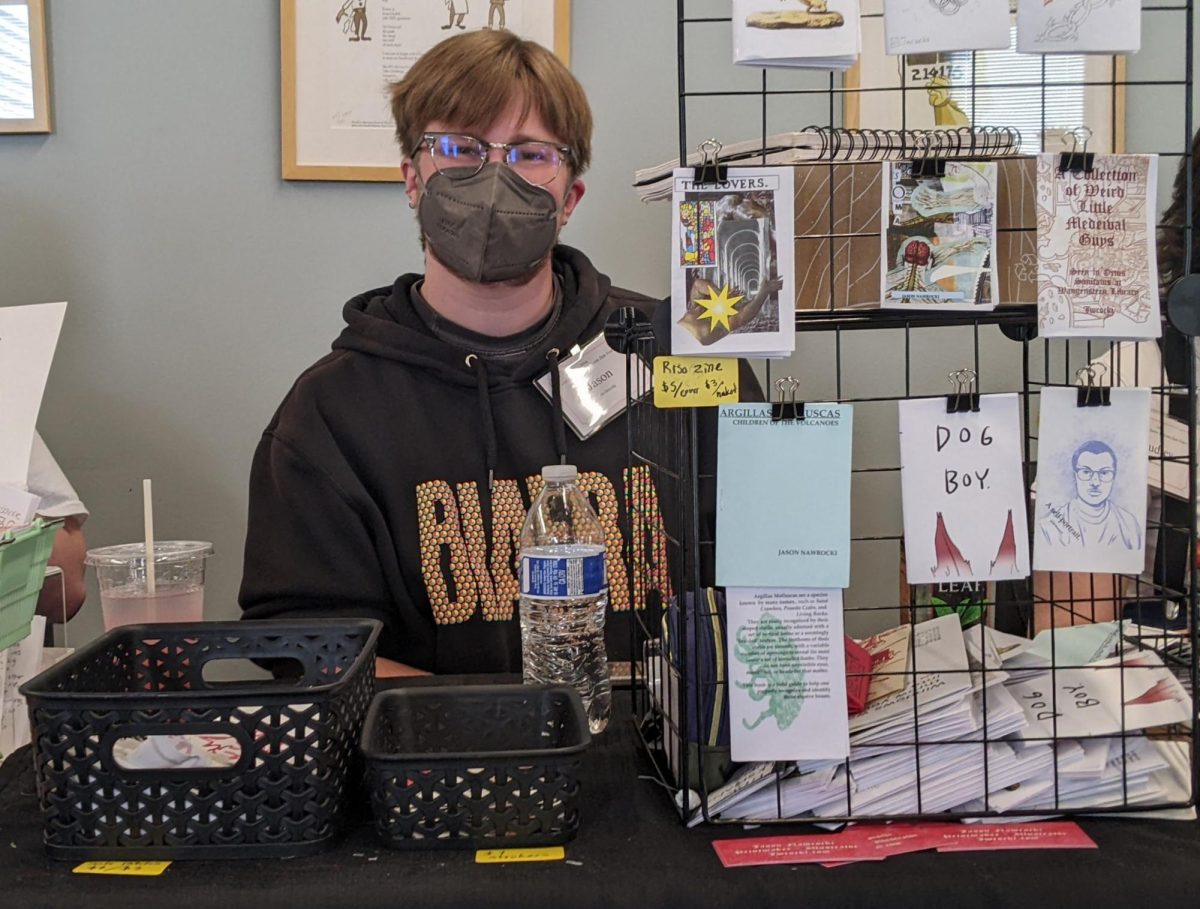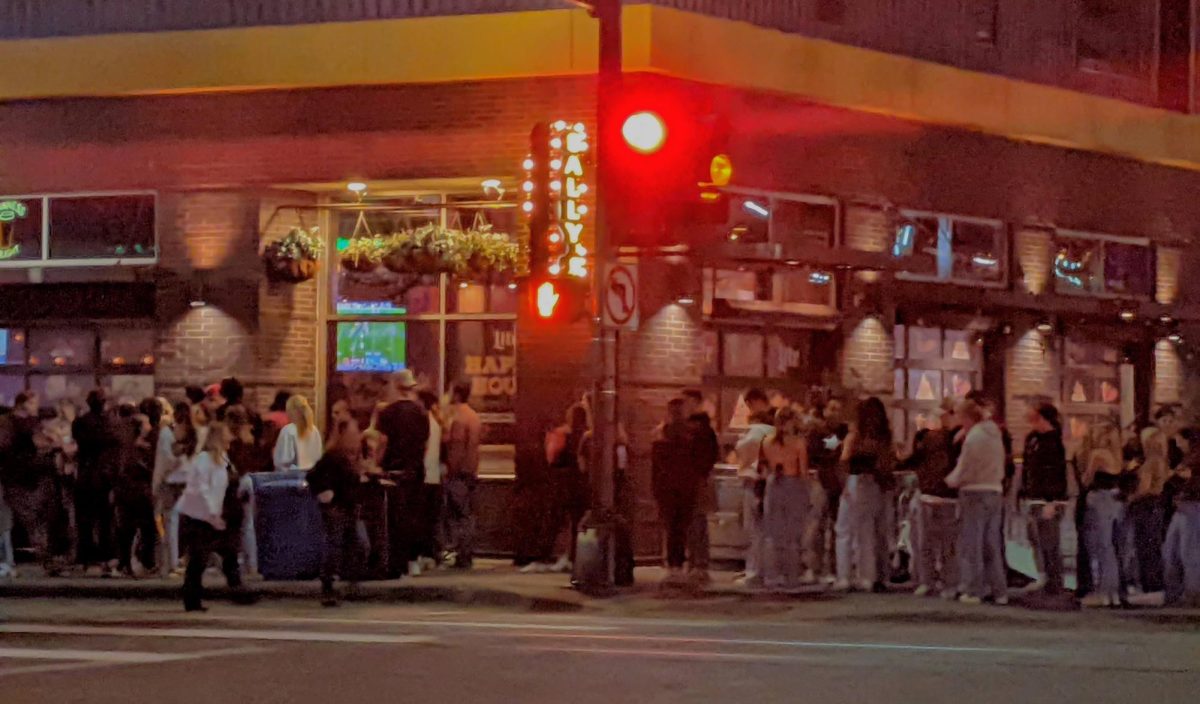Around 50 University of Minnesota students gathered in Yudof Hall Saturday, taking pictures in a photo booth and posting them with the hashtag #WhoMadeMyClothes, as well as exchanging clothes to promote sustainable practices.
Peer facilitators from the University’s Housing and Residential Life hosted the clothing swap to educate students about where their clothing comes from and to promote sustainable manufacturing practices in recognition of Fashion Revolution Week, a global movement that advocates for transparency in the clothing industry.
Sophomore Peer Facilitator Grace Burleson came up with the idea to host a clothing swap for students because of her own interest in the clothing industry.
“It’s something that impacts everyone in a way, even if they don’t notice,” she said.
The event served two purposes: to provide clothing to students and educate the community on where clothing comes from, said Fernando Rodriguez, HRL assistant director for social justice and inclusion.
Burleson said she is interested in how change at an individual level can influence others and thereby create widespread change.
Lucy Dunne, associate professor and director of the Apparel Design Program, said the demand for cheap clothing has steadily increased over time.
“We as humans seem to want this, and the industry enables it,” Dunne said of business models within the clothing industry.
But the problem, she said, is that the human brain is not equipped to deal with the large increase in clothing options, so people buy more clothes than they know what to do with.
Her research on individuals’ closets showed some people only wear five percent of their clothing, Dunne said.
She compared the problem to buying a large amount of food without a plan to prepare it — the food ends up being wasted.
Consumers often don’t think they own enough options, even when numbers show they have a large number of outfit combinations, she said. Instead of trying to fix the problem, Dunne said people end up buying more clothing, which they end up not wearing and throwing away.
While Dunne said researchers are working on computers that could help people with this problem, there are currently low-tech ways to achieve this. One strategy utilizes capsule wardrobes, a minimalist closet that reduces the number of clothing options and makes the process of getting dressed easier.
Retail merchandising sophomore and sustainable fashion blogger Emma Goebbert said it’s also important to support companies that are transparent and promote smarter shopping decisions.
“A lot of these stores are rotating really quickly, so you need to focus on quality over quantity,” Goebbert said.
She said clothing swaps, like the one HRL hosted, are a good opportunity for students to get involved.
“The way these clothing swaps … are really helping with this problem is they’re keeping clothing in circulation,” Goebbert said.













